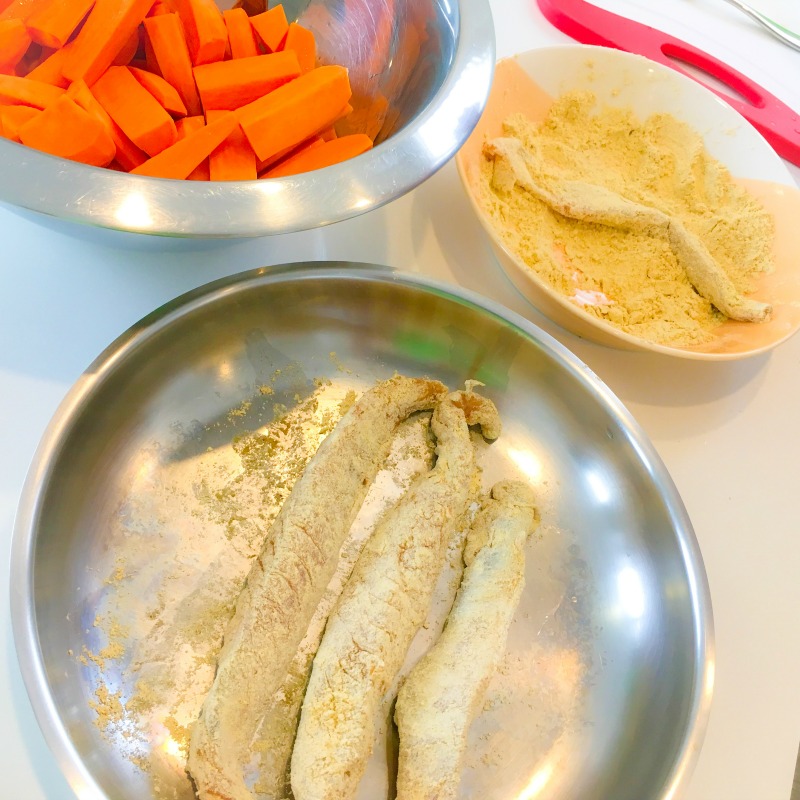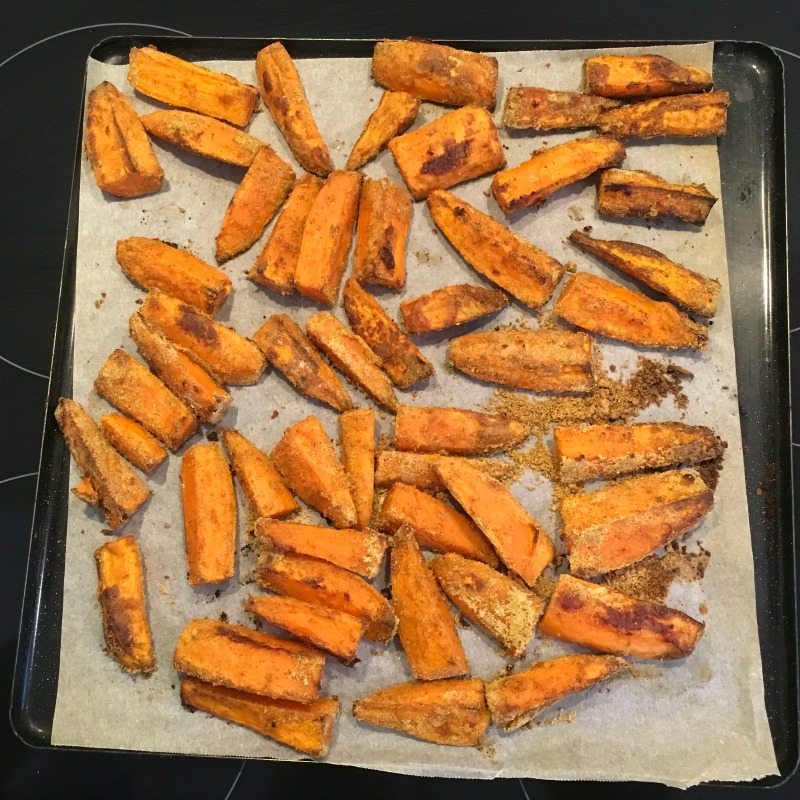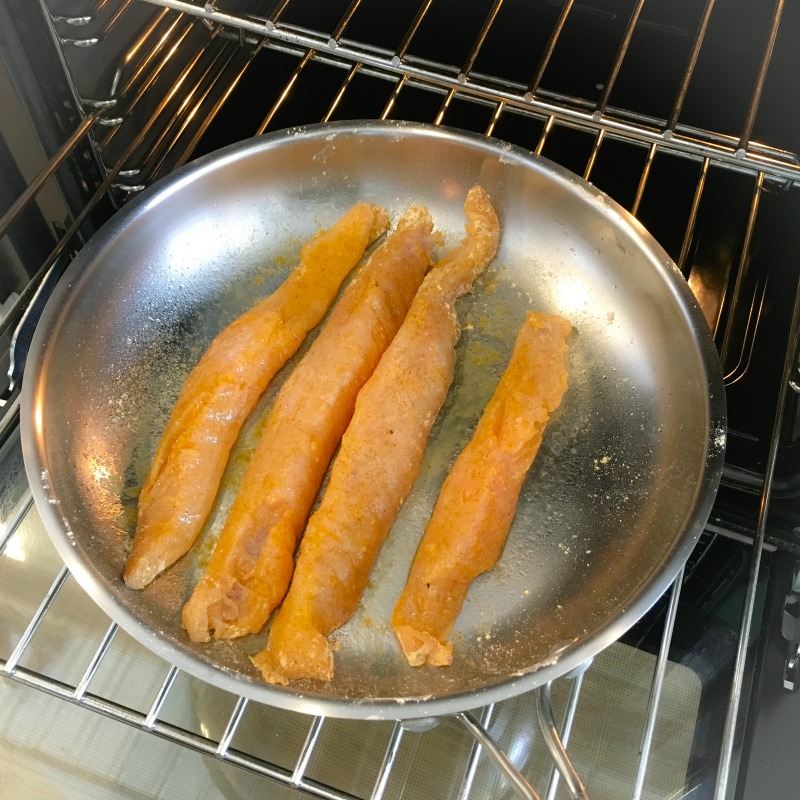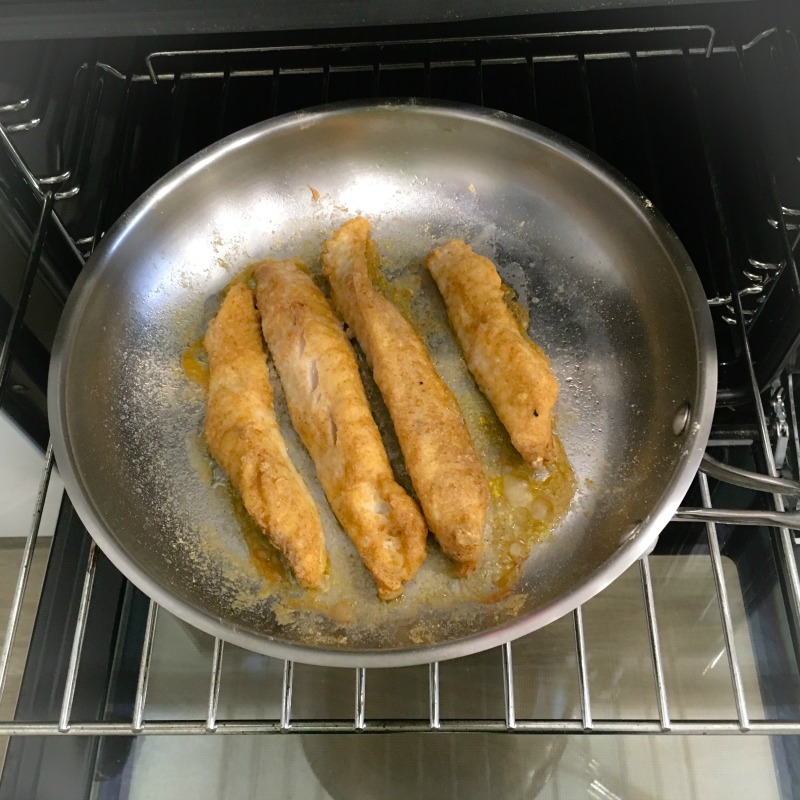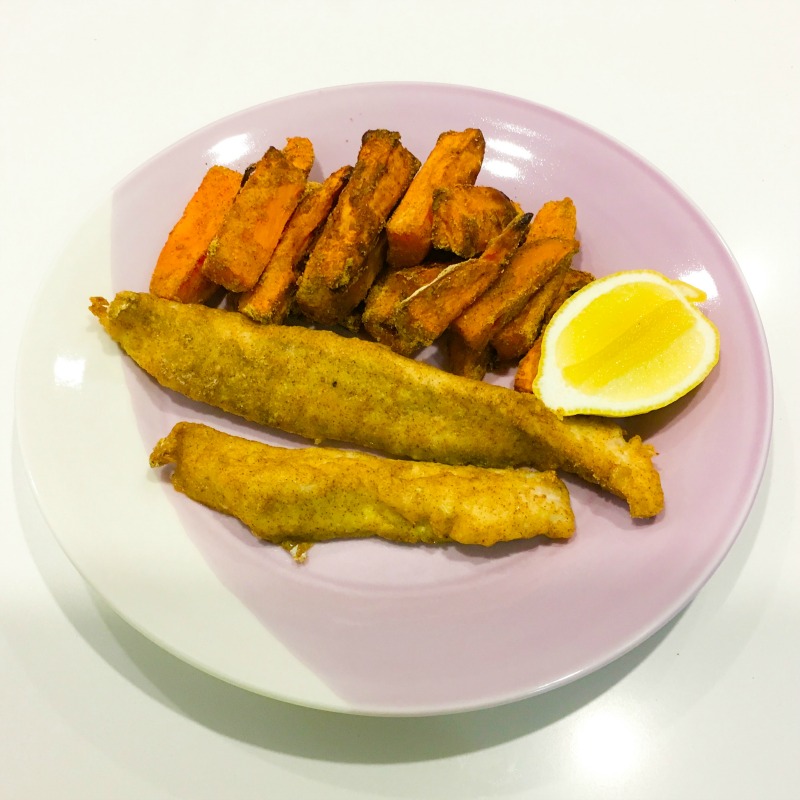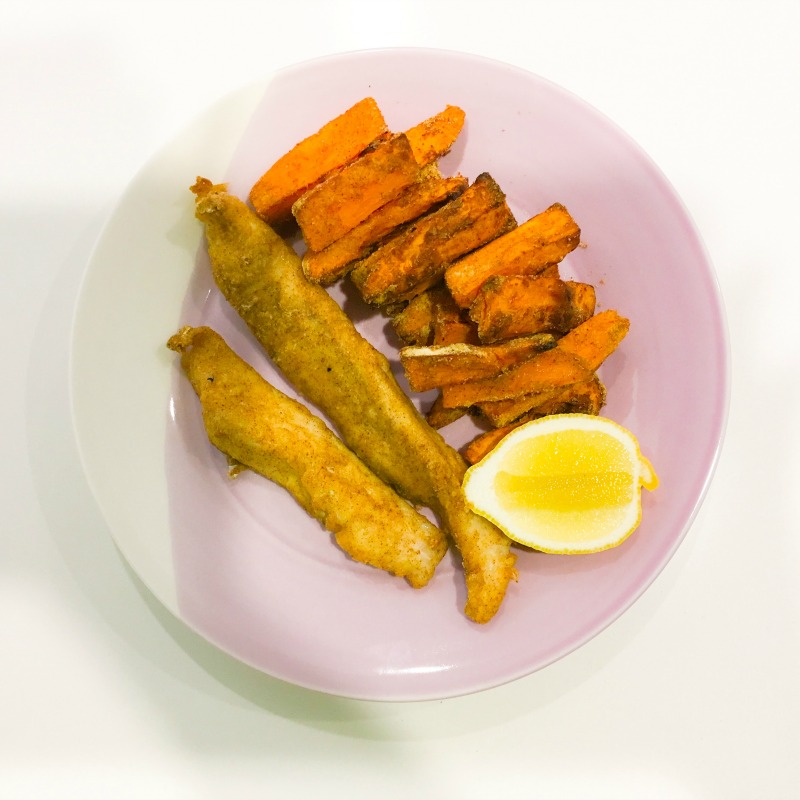Jenna's Healthier Fish & Chips
/Jenna's Healthy Fish & Chips
There is always a place for "Sometimes Food" in my food and health philosophy (you can read about my "sometimes food" philosophy here).
No one loves food more than me. I'm not prepared to choose my meals based solely on the dictates of fuel and health. It has to taste delicious too.
Sometimes we just really, really REALLY feel like a particular favourite food. One that maybe isn't the healthiest choice you could possibly make...
As a nutritionist, I put a lot of effort into finding healthy versions of old favourites that are less than ideal choices. It's a balancing act, and I encourage my clients to engage in a bit of experimentation.
I completely understand that some healthy versions of old favourites can be nothing like your much-loved original and so disappointing. But trust me, you have to try my healthier fish and chips!
Fish and chips for dinner was a highlight of the week when I was growing up. I still think of it as a treat! But I have written before about the dangers of deep fried fatty, carby foods HERE. They are just not something to have more than very (very!) occasionally, and if you have elevated cholesterol or a family history of heart disease I personally would be avoiding them entirely.
They say the secret is in the sauce. But in this case the secret is in the coating we use for the fish! I use Besan (chickpea) flour, which is an ingredient you might not be familiar with, but which is well worth trying out in your kitchen! I consider it my secret weapon for getting a crispy golden crust on foods I want to shallow fry with only tiny amounts of oil, or oven bake.
I have also subbed in sweet potato instead of the usual white potatoes used for chips. Now don't get me wrong, I'm not anti-potato. In fact this potato recipe is probably my fave recipe - and I have an awesome technique to bring down the glycemic impact of potatoes and other "carby' foods which you have to read about HERE if you haven't done so already (and you're welcome by the way!).
The reason I'm using sweet potatoes in this recipe is because of their high levels of beta carotene, which is converted to Vitamin A when we eat them! They are also slightly higher in fibre, Vitamin C, calcium and manganese, and a little lower in calories and carbs.
If you've had sweet potato wedges in a restaurant or cafe, chances are they were deep fried. This is because it is pretty hard to crisp up oven baked sweet potato chippies. But I've found a way to get them nice and crunchy in the oven, using only a tiny bit of oil!
Here's the recipe!
Ingredients
4 pieces white fish (we have used flathead for this recipe but I also like to use whiting too!)
3 sweet potatoes, peeled and chopped into wedges or chips
Fish (and sweet potato!) coating
2 heaped tablespoons Besan (chickpea) flour
1 teaspoon garlic powder
2 teaspoons salt
1 teaspoon black pepper
Method
Fish
Place all Fish Coating ingredients on a plate and mix with a fork until well combined
Press both sides of each fish fillet into Fish Coating mixture and shake off excess.
Sweet Potatoes
Place sweet potato wedges or chips into a bowl. Add 2 teaspoons olive oil and toss to coat.
Now tip the remainder of the fish coating into the bowl and toss to coat the sweet potato chips/wedges.
Arrange on a baking tray lined with baking paper and bake in a pre-heated oven (180 degrees celsius) for 20 minutes or until cooked.
Cooking time will depend on how thick you have cut your sweet potato, and how crispy you want them to be.
Now you have two choices of how to cook the fish:
Shallow Fry Method:
Heat 1 Tablespoon olive oil in frying pan and fry fish pieces until golden brown and cooked through - it should only take a few minutes if you are using whiting fillets.
When cooked, place on a plate lined with kitchen paper to drain.
Oven Bake Method:
Place fish fillets on a baking tray lined with baking paper.
Spray with a fine mist of olive oil (optional - but it's well worth investing in an oil spray bottle. I love mine!).
Cook in a pre-heated oven (180 degrees) for 10-20 minutes. The cooking time will vary depending on which fish you use and how thick the fillet is. Check regularly and remove from oven when the fish flakes with a fork.




